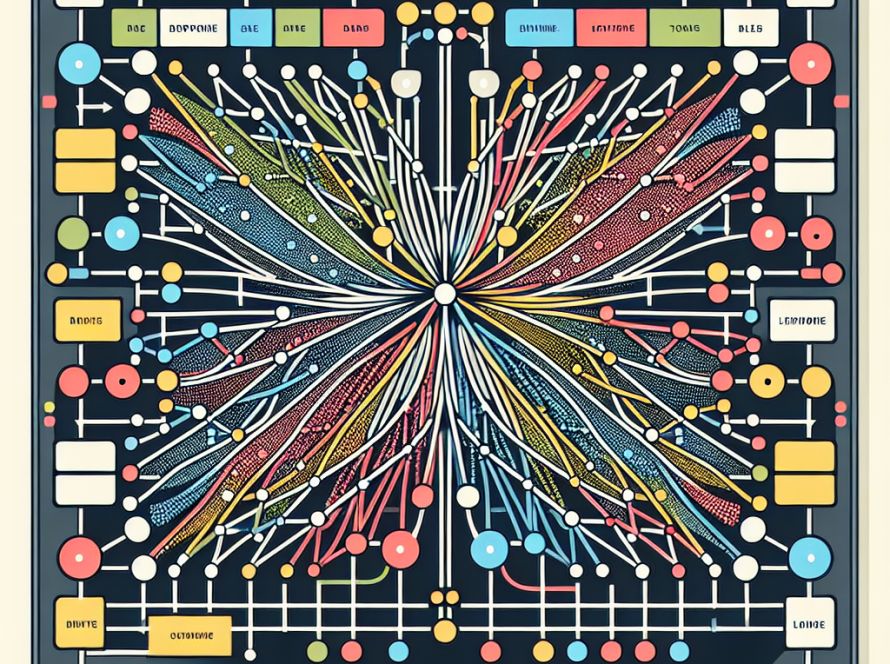Recent AI-generated deep fake images of Taylor Swift have sparked a widespread discussion about the capacity of AI to create and spread false information. Microsoft CEO Satya Nadella voiced concerns over AI-generated fake nudes in an interview with NBC News, acknowledging the efforts to address deep fakes but calling for a global consensus on the role of law enforcement and tech platforms in regulating such content. However, many argue that existing safeguards do not adequately prevent the misuse of AI.
Investigations into the Taylor Swift images, traced back to a Telegram group known for nonconsensual explicit content, reveal that Microsoft’s Designer image generator may have been exploited. Despite Microsoft’s efforts to ensure its platform’s safety, the issue illustrates the inadequacy of current protective measures.
Responses from the tech industry and the public have been widespread, with the hashtag #ProtectTaylorSwift trending worldwide. The Screen Actors Guild‐American Federation of Television and Radio Artists (SAG-AFTRA), described the images as harmful and pushed for legal action, while Swift’s loyal fanbase was quick to rally around the star.
Zubera Abdi, identified as the Canadian user who first circulated the fake images, found himself the subject of a virtual investigation by Swift’s fans, being forced to protect his account given the intensity of online backlash. While the situation demonstrates the effectiveness of a united fanbase, concerns remain for victims of deep fake crimes who lack such support. The incident underscores the urgent need for comprehensive AI legislation and more robust safety measures within the tech industry.


